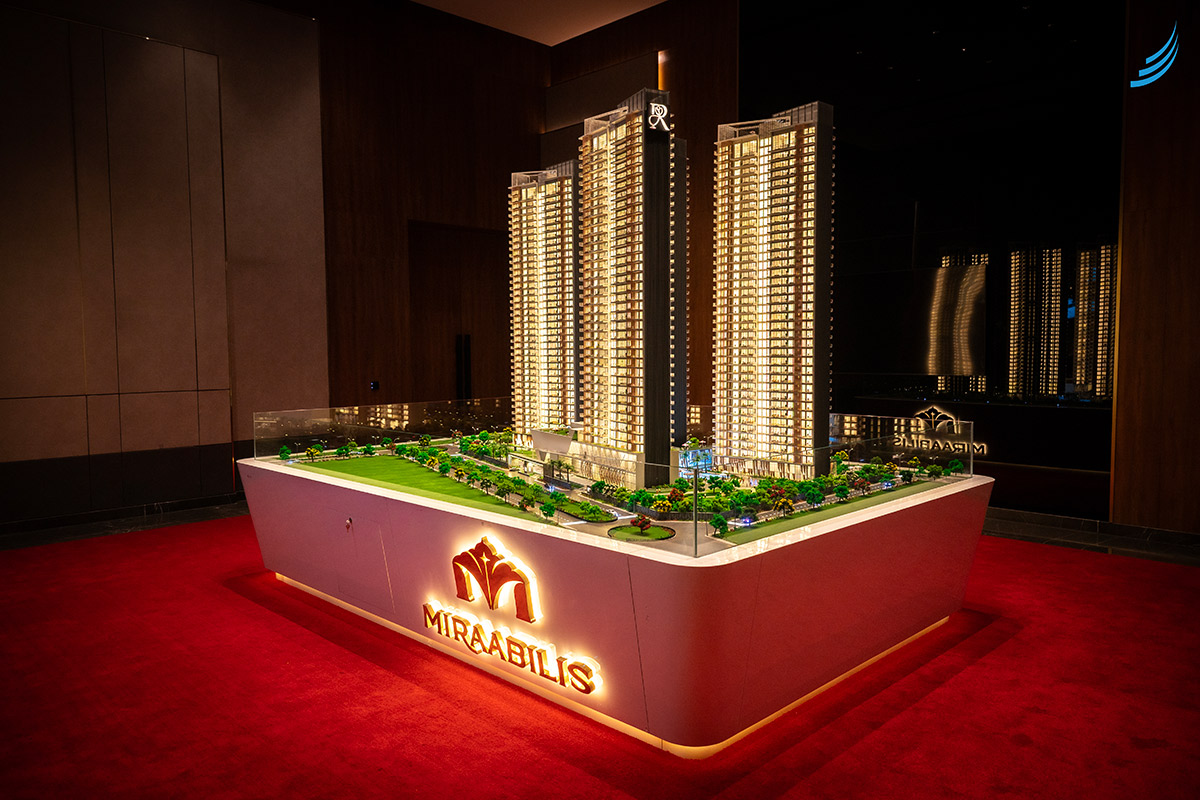
In a large-scale development, clarity drives progress. Architecture miniature models turn complex industrial and infrastructure ideas into tangible, believable stories that bridge vision and reality. More than miniature displays, they are strategic tools that help the team visualize potential, align designs, and inspire stakeholder confidence.
In a digital-first environment dominated by renders, simulations, and VR walkthroughs, some might think physical models are outdated. However, they remain powerful storytelling tools in the real estate and industrial sectors.
Architectural miniature models bring imagination to life. They turn complex blueprints into spatial stories that investors, engineers, and city officials can instantly understand. Unlike screens, models create emotional connections; that feeling of “now I see it” builds confidence and agreement.
At their core, scale models connect two worlds: the technical and the human. They let project teams show functionality, context, and purpose in a way that feels natural and real.
Nothing brings people together in a room faster than a shared physical reference. A detailed scale model helps every stakeholder, from investors to planners, see the same vision. Discussions become specific and solution-oriented because the conversation centers around a common physical reality.
Industrial projects involve many complexities: service corridors, safety zones, process flows, and access routes. Scale models reveal potential clashes early on. They let teams spot construction challenges long before they arise on site, leading to fewer costly changes later.
In real estate marketing and infrastructure investment, trust is vital. A physical model shows intent and precision, indicating that every part of the project has been carefully considered. For many clients, this tangible proof becomes crucial in their decision-making process.
Infrastructure projects affect communities. A detailed architecture miniature model helps the public visualize changes, like how a new bridge connects towns or how a metro line weaves through neighborhoods. It replaces fear of the unknown with understanding, which is how buy-in begins.
When photographed or filmed, a scale model becomes a valuable visual asset. It enhances brochures, investor presentations, and exhibition displays, adding credibility and emotional depth to marketing materials.
The real magic of a scale model lies in its purpose-driven design. Here’s what distinguishes an impactful model from a decorative one:
Scale models change in purpose as the project advances:
That’s the beauty of this tool; its relevance never fades, it simply adapts to the phase.
Building a great scale model combines art, engineering, and empathy. The process usually unfolds in five main steps:
Each phase requires not only technical accuracy but also a deep understanding of narrative as to how the model should feel to the viewer.
The return on investment from architecture miniature models goes beyond looks:
In real estate marketing, these models often serve as the emotional anchor of the campaign, a tangible, believable promise of what’s to come.
If you’re planning to commission a scale model, keep these strategic tips in mind:
In the changing world of industrial and infrastructure development, clarity is crucial. Architecture miniature models aren’t just a representation; it’s a tool for dialogue that turns complex plans into a shared understanding and vision.
As a top 3D model-making agency in India, our work goes beyond accuracy; it’s about storytelling through form, proportion, and light. Each model we create connects design intent with investor confidence, turning technical plans into concrete experiences that inspire trust.
Before a city expands, a factory rises, or a new corridor takes shape, it must first be clearly imagined, in miniature, but with a significant purpose. This is the quiet power of detail, and it’s an art we continue to refine every day.